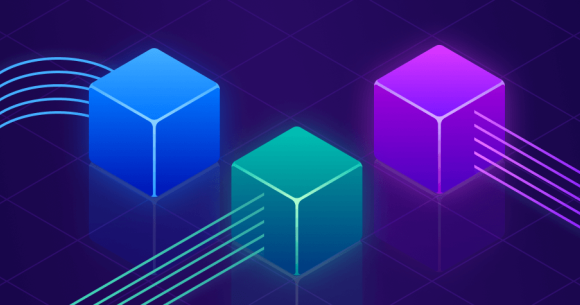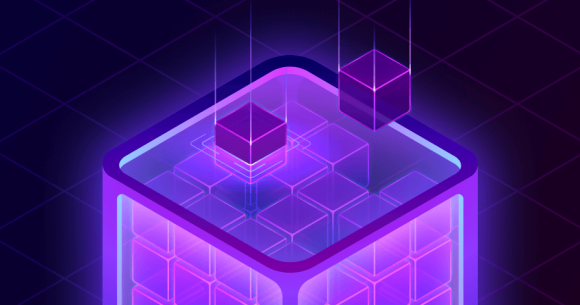How to reduce alert noise and avoid alert storms
In today's complex IT environments, even the best monitoring systems can generate a lot of alerts. These can turn into alert storms, which quickly become overwhelming and lead to alert fatigue. So, it is more important than ever to have a robust monitoring system in place.
An alert storm is a situation where a large number of alerts are generated, making it difficult to identify and respond to the most important ones. This can be a major problem for organizations of all sizes as alert storms can lead to missed incidents and delayed response times.
This in turn can disrupt operations, lead to lost revenue, and damage customer relationships. Add to that list the increased stress levels for IT staff who are inundated with these alert storms.
What contributes to an alert storm
There are a number of factors that can contribute to an alert storm, including:
• Too many monitoring tools: Using too many different monitoring tools can lead to a proliferation of alerts, as each tool may generate its own alerts for the same issue.
•Inappropriate alert thresholds: If alert thresholds are set too low, even minor fluctuations in performance can trigger alerts.
• Poor alert management: If alerts are not properly managed, they can quickly pile up and become overwhelming. How to avoid alert storms
There are a number of things that organizations can do to reduce the risk of alert storms, including:
• Use a single monitoring tool: This can help to reduce the number of alerts by consolidating alerts from multiple tools into a single view.
• Set appropriate alert thresholds: Alert thresholds should be set based on the criticality of the system or service being monitored.
• Implement thoughtful alert management policies: Utilize contexts by grouping and filtering alerts to quickly identify which systems or components are experiencing problems and to suppress alerts that are not relevant to your team.
How ITRS can help
ITRS can help organizations reduce alert noise and stay out of alert storms. With an integrated monitoring platform you can collect and aggregate data from multiple sources and monitoring tools across distributed environments and see a single, unified, high-level overview of your IT estate.
Our new product, Obcerv, does exactly that. It achieves noise reduction by using a variety of techniques, including cross filtering, alert grouping, suppression, and prioritization. It empowers users to define contexts and enables them to drill down into data to quick identify where the noise is coming from.
Additionally, it comes preconfigured with several KPIs, one of them being the Entity Noise Score which helps users understand the noise level trend in their estate over time and allows them to make informed decisions. By using ITRS, your organization can reduce alert noise, stay out of alert storms, and improve your ability to respond to incidents.
Click below to learn how the ITRS end-to-end monitoring platform can keep your organization safe from the storm.




